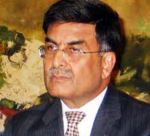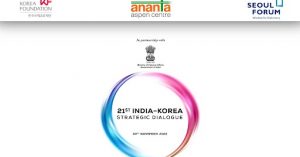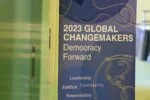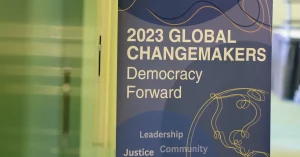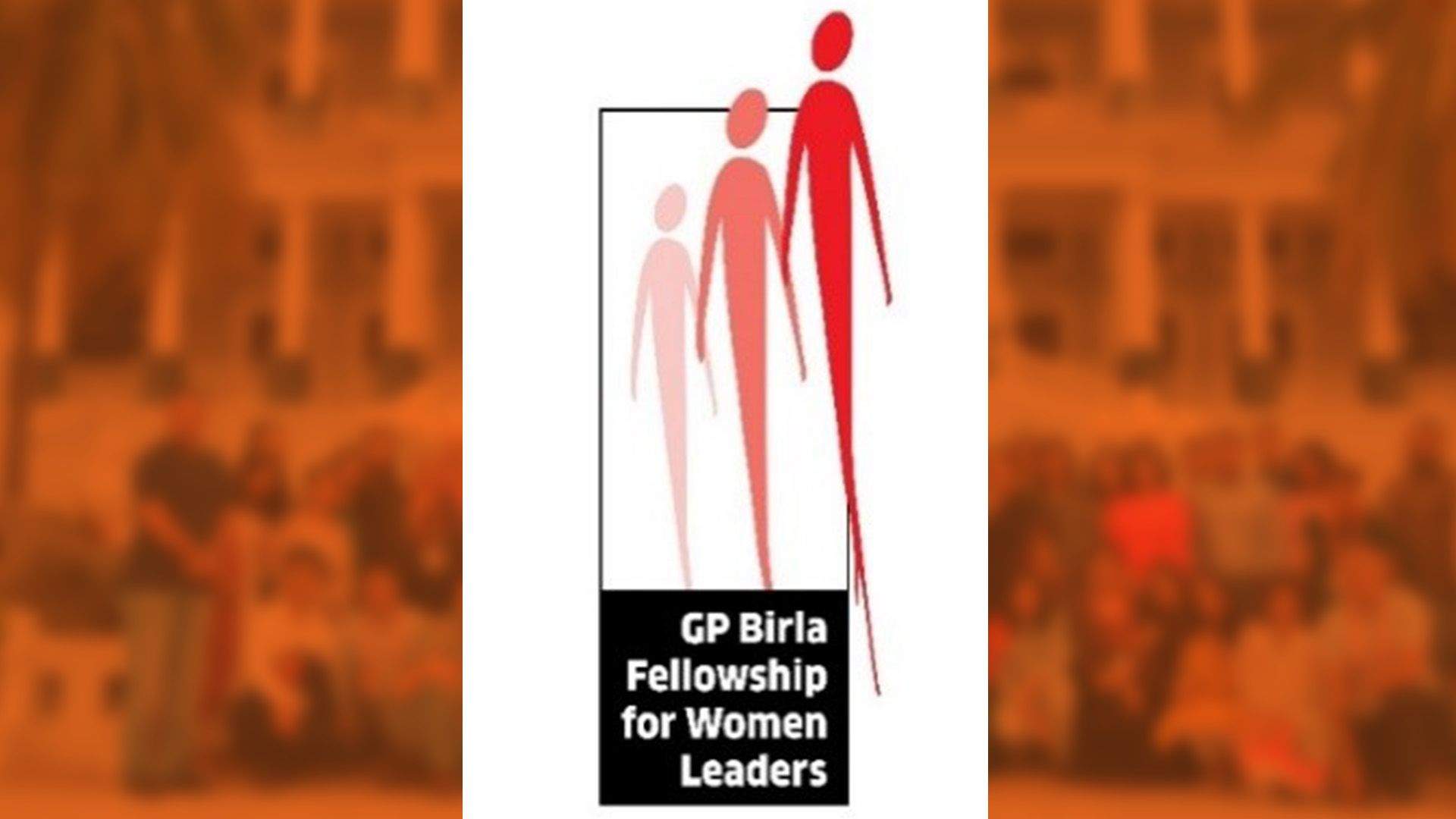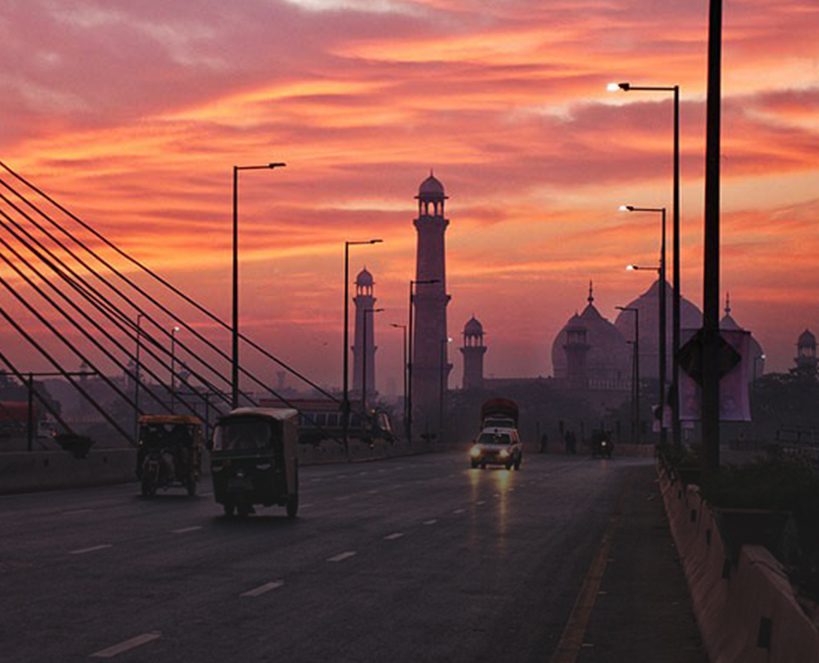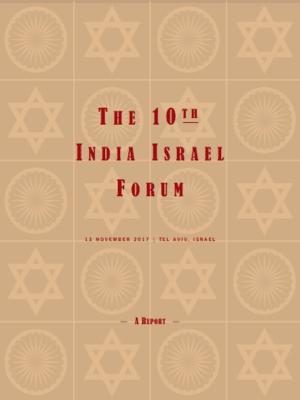I Overview
Pakistan:
• Pakistan stays on FATF grey list
• IMF Extended Fund Facility to be revived
• Pakistan-India agree to cease firing along the LoC and all other sectors
• Pakistan-US
• Pakistan-Sri Lanka
• Pakistan-France
Afghanistan:
• Peace and Reconciliation
• Afghanistan-India
II Developments in Pakistan
Pakistan stays on the FATF grey list
The Financial Action Task Force (FATF) decided to retain Pakistan on its grey list in its meeting held in the last week of February. The matter will come up for review in June this year. The meeting noted that while Pakistan had made significant progress, some serious deficiencies remained in the mechanisms to plug terror financing. The three areas of action pointed out by the FATF were: investigation and prosecution of target persons and entities acting at the direction of the designated persons and entities, demonstrating that terror financing prosecutions result in effective, proportionate and dissuasive sanctions and effective implementation of targeted financial sanctions against all UN designated terrorists. The decision was on the expected lines. While there is no prospect of Pakistan being moved to the FATF black list, it has not done enough to come out of the grey list. Moreover, it suits the Americans to keep the FATF sword hanging over Pakistan’s head in the context of their proposed endgame in Afghanistan.
IMF Extended Fund Facility to be revived
Pakistan moved towards revival of the IMF Extended Fund Facility (EFF) that had been paused at the beginning of 2020 in the wake of outbreak of the COVID-19 pandemic. It reached a staff level agreement with the IMF on the reforms to be carried out to qualify for further releases of financial assistance. The burden of these reforms is likely to fall on the poor and middle class, thereby compounding the political challenges faced by the Imran Khan government. Out of the total IMF commitment of $6 billion under the EFF agreement concluded in July 2019, Pakistan has already received around $2.8 billion. The recently reached staff level agreement will result in further release of $500 million.
Pakistan-India agree to cease firing along the LoC and all other sectors
Speaking at the graduation ceremony of the Pakistan Air Force Academy in the beginning of February, the Chief of Army Staff, General Bajwa said that it was time to extend hand of peace in all directions, adding that Pakistan and India must also resolve the longstanding issue of Jammu and Kashmir “in a dignified and peaceful manner as per the aspirations of the people of Jammu and Kashmir and bring this human tragedy to its logical conclusion”. The statement stood out in the backdrop of the deep freeze and heightened rhetoric that has characterised the Indo-Pak relationship in the last few years. It was also conspicuous for lack of reference to Pakistan’s maximalist demands of implementation of the UN Security Council resolutions on Kashmir and reversal of India’s 5th August 2019 move. However, it was overtaken by renewed heightened rhetoric in the context of the “Kashmir Solidarity Day” observed by Pakistan on February 5 every year. Speaking in POK, Prime Minister Imran Khan called upon India to resolve the Kashmir issue, adding that first, the step taken by India on August 5, 2019 needed to be reversed, followed by giving Kashmiris the right that the world community promised them according to the UN Security Council resolutions. Foreign Minister Shah Mahmood Qureshi wrote to the President of the UN Security Council, seeking the Council’s intervention in Kashmir. In a statement issued on February 5, COAS Bajwa too referred to the UN Security Council resolutions, besides aspirations of the people of Jammu and Kashmir.
That Bajwa’s statement made in the beginning of February was not a one off remark became apparent when the Directors General Military Operations (DGMOs) of the two countries decided to cease firing along the LoC and all other sectors in the last week of February. A joint statement issued by the DGMOs stated that following discussions on the established mechanism of the hotline between them, the two sides had agreed to strict observance of all agreements, understandings and cease firing along the LoC and all other sectors. The statement added that in the interest of achieving mutually beneficial and sustainable peace along the borders, the DGMOs had also agreed to address each other’s core issues and concerns which have the propensity to disturb peace and lead to violence.
There were reports of the DGMOs statement having been preceded by back-channel contacts, including at the level of NSAs. Moeed Yusuf, Imran Khan’s Special Assistant on National Security denied any such contacts. By their very nature, back-channel contacts, if any, are unlikely to be acknowledged. However, it is highly improbable that the DGMOs statement came about without some behind the scenes contacts at higher levels, involving the army leadership on the Pakistani side. This may have been the backdrop to COAS Bajwa’s statement extending a hand of peace.
What led to the re-affirmation of ceasefire between India and Pakistan? Is it likely to lead to a thaw and positive developments in the relationship? Speculation has been rife about the new Biden administration having been instrumental in bringing about this understanding. The US State Department Spokesman welcomed the DGMOs statement and reiterated support to India and Pakistan holding direct dialogue on Kashmir and other issues of concern. He added that the Biden administration had been calling on the parties to reduce tensions along the LoC by returning to the 2003 ceasefire agreement. While the Biden administration might have been keen on easing the tension on the LoC in the hope of enabling Pakistan to focus on aiding the American agenda in Afghanistan, it is equally evident that restoration of the 2003 ceasefire suited the interests of the two parties at this juncture, at lease tactically. Heavy firing across the LoC and IB in the Jammu sector was proving counterproductive for both countries. It caused substantial damage on the Pakistani side without in any way advancing Pakistan’s agenda in Kashmir. On the other hand, besides loss of life and property on the Indian side, it also made it easier for Pakistan to infiltrate terrorists into Kashmir. The General Officer Commanding of the Indian Army’s 15 Corps was quoted as saying that having a ceasefire in place improves our forces ability to control infiltration. Further, reducing tension with India holds a strong logic for Pakistan’s smaller economy, going through a particularly rough patch in the wake of the COVID-19 pandemic, though this imperative has often fallen prey to Pak army’s institutional interest of keeping fires burning with India. However, a calmer LoC is particularly attractive for the Pak army at this juncture for focussing on the fast evolving situation in Afghanistan. It also helps India in view of the need to pay greater attention to the LAC with China.
Even though because of the extreme volatility of the Indo-Pak relations in the last few years, the restoration of ceasefire has grabbed headlines, it is but a first step in clawing back to the level at which the relationship found itself before the current downturn started around 2013. Reaching that level would require some more steps: restoration of the two countries’ missions to High Commissioner’s level, resumption of trade suspended by Pakistan in the wake of the Balakot strike, easing of travel restrictions and some form of regular dialogue, which could initially be through back-channel contacts, away from media glare. However, there is no certainty that these steps, much less the steps necessary to address the complex issue of Kashmir would be taken. Indo-Pak relations have gone through repeated cycles of two steps forward and four back. One egregious act of terror can unravel the ceasefire again. Further, insistence on maximalist demands by one or both sides can kill any hope of moving towards a thaw. Thus, commentaries on the DGMOs agreement in the Pakistani media have spoken of the expectation that India would roll back the August 5, 2019 move to create a conducive atmosphere for bilateral engagement. Pak Foreign Office briefings before the ceasefire agreement mentioned this demand. In the midst of jingoistic statements on the second anniversary of the Balakot strike, PM Imran Khan, while welcoming the restoration of ceasefire along the LoC, said that the onus of creating an enabling environment for further progress rested with India and India must take necessary steps to meet the long-standing demand and right of the Kashmiri people to self-determination according to UNSC resolutions.
The restoration of ceasefire is a positive step and if its lasts, it can help in managing the relationship with lower levels of volatility. Pak army’s ability to use its terror card remains constrained because of the ongoing FATF scrutiny, but they may be tempted down the line to stir up trouble in the valley again. The vast gap between the positions of the two countries on the endgame in Afghanistan is extremely difficult to bridge. Further, will the Pak army be able to move away from its hitherto firmly held institutional interest of sustaining the India bogey? Will the deep anger and resentment against Pakistan in India that has severely cramped the political space for diplomacy with that country allow the steps that may be necessary to move the relationship forward? Only the future will hold answers to these questions. For now, while the restoration of ceasefire ought to be welcomed, the expectation of further movement towards a normal relationship ought to be approached with abundant caution.
Pakistan-US
Pakistan continued its efforts to draw the Biden administration into India-Pakistan issues and build a broader relationship with Washington, going beyond Afghanistan. Speaking at a public function, Foreign Minister Shah Mahmood Qureshi called upon the Biden administration, which he said had always talked of fundamental human rights, not to ignore the ground realities in Kashmir. The statement came after Pakistan objected to the State Department welcoming the resumption of 4G mobile internet in “India’s Jammu and Kashmir”, reiterating its position that J&K is a “disputed territory”. Subsequently, in response to a question, the State Department Spokesman said that there had been no change in the US policy in the region. In yet another statement, Moeed Yusuf, Special Assistant to the Prime Minister for National Security called for building the US-Pak bilateral relationship around economic security and shifting the emphasis from geopolitics to geoeconomics. The paradigm shift he said could be achieved through co-investment and cooperation in connectivity projects and assisting each other on regional peace, climate change, COVID-19 and other pandemics. Talking of trade and investment, he called upon the US and the international community to remove “artificial barriers” like FATF’s grey listing that he described as politically motivated. He was speaking at the launch of a report prepared by an Islamabad based think tank that recommends transformation of Pakistan from a geostrategic to geo-economic hub. This is not the first time such a recommendation has been made in Pakistan. The issue of emphasis on comprehensive security, including economic security, as against only military security, along with the need to appraise Pakistan’s key geographic location in terms of trade and transit linkages rather than purely military terms has been raised time and again. This shift is once again increasingly spoken of in Pakistan. However, in the past, all such positive thoughts have fallen victim to Pakistan’s obsession with India and its transactional relationship with the US has been based purely on use of Pakistan as a geostrategic hub. Shorn of its overblown economic logic, the CPEC also is a strategic project. Therefore, the renewed emphasis on Pakistan becoming a geo-economic hub may not go very far.
Pakistan-Sri Lanka
PM Imran Khan’s two-day visit to Sri Lanka in the last week of February was marred by the last minute cancellation of his proposed address to the Sri Lankan Parliament. While the Sri Lankan government said that this was necessitated because of the COVID-19 pandemic, there was speculation that the Sri Lankan authorities were concerned about Imran Khan making a reference to Kashmir in his speech, causing annoyance in Delhi. Another speculation doing the rounds was that the Sri Lankan’s were worried about the Pak Prime Minister making a reference to the condition of Muslims in the Buddhist-dominated country. PM Imran Khan called upon Sri Lanka to benefit from the CPEC through enhanced connectivity up to Central Asian states. The two sides called for stronger partnership in matters related to security, terrorism, organised crime and drug and narcotics trafficking as well as intelligence sharing. The Pak PM offered a $50 million new credit to Sri Lanka for cooperation in the field of defence and security. Sri Lanka has an arms import relationship with Pakistan, dating from the time of the war against the LTTE.
Pakistan-France
Speaking at a conference on religious freedom hosted by the Presidency, Pakistan’s President, Arif Alvi, urged France “not to entrench the discriminatory attitudes against Muslims into laws”, warning that such steps would lead to serious repercussion in the form of hatred and conflict. His reference was to a bill passed by the lower house of the French Parliament to strengthen oversight on mosques. Pakistan had seen angry anti-French protests last year over President Macron’s defence of the right to show cartoons depicting Prophet Muhammad. France summoned the Pakistani envoy in Paris to record its disapproval of President Alvi’s statement.
III Developments in Afghanistan
Peace and Reconciliation
The Doha talks on Afghanistan’s future remained deadlocked while the Biden administration conducted a review of the US-Taliban deal concluded in February 2020 by the Trump administration. The Taliban warned of a dangerous escalation in the Afghan war in case the US abandoned the deal. President Ghani continued to voice his opposition to an interim set up to accommodate the Taliban and tried to build political support for his stand. He, however, said that in a bid to move forward the talks with the Taliban, he was ready to discuss holding fresh elections, emphasising that any new government should emerge through a democratic process. Instead of the much emphasised reduction in violence, both sides were reported to be preparing for a spring offensive.
Since its advent, there had been hints from functionaries of the Biden administration that the US might not adhere to the May 1 deadline, laid down under the US-Taliban deal, for withdrawal of its troops from Afghanistan. These were reinforced by other statements. The US Defence Secretary, Lloyd Austin was quoted as saying in the third week of February that there would be no hasty or disorderly withdrawal of US troops from Afghanistan, violence must decrease and more progress was needed in the Afghan negotiations. The NATO Secretary General Jens Stoltenberg too had said earlier that the alliance would not withdraw its troops from Afghanistan before the time was right. After a meeting of NATO defence ministers, he said that no final decision on the future of NATO troops in Afghanistan had been taken. The Afghan government welcomed the NATO decision not to be hasty in withdrawal of its forces from Afghanistan. However, if President Ghani had expectations of the Biden administration seeking a more even handed settlement in Afghanistan than its predecessor, he was in for a surprise.
In an identical letter addressed to President Ghani and Abdullah Abdullah, leaked out in the Afghan press, Secretary of State Antony Blinken said that though the review of the way ahead was yet to be completed, the Biden administration had reached an initial conclusion to accelerate peace talks and bring all parties into compliance with their commitments. He referred to a high level diplomatic effort being pursued by the US with the following elements: first, the US would ask the UN to convene a meeting of Foreign Ministers and envoys from Russia, China, Pakistan, Iran, India and the United States to discuss a unified approach to supporting peace in Afghanistan. Second, Ambassador Khalilzad would continue to prepare and share with the Afghan government as well as the Taliban leaders written proposals aimed at accelerating discussions on a negotiated settlement and ceasefire. Third, the US would ask the government of Turkey to host a senior-level meeting of both sides (the Afghan government and the Taliban) in the coming weeks to finalise a peace agreement. Fourth, the US has prepared a revised proposal for a ninety day reduction in violence, which is intended to prevent a spring offensive by the Taliban. Significantly, Blinken stated that as the US policy process continued in Washington, no option had been ruled out. The Biden administration was considering the full withdrawal of the US forces by May 1, as it was considering other options. He added that he was concerned that even with the continuation of financial assistance from the US to the Afghan forces after an American military withdrawal, the security situation would worsen and the Taliban could make rapid territorial gains. He was making it clear to the President so that he understood the urgency of the tone in the letter regarding the work outlined in it.
According to a Reuters report, the US Special Envoy, Zalmay Khalilzad has shared a Transitional Peace Government proposal with President Ghani, opposition and civil society leaders in Afghanistan and the Taliban in early March. It calls for the current government to be replaced with an interim administration until a new constitution is agreed and elections held, while a joint commission with members from both sides monitors a ceasefire. Under the interim government, the national parliament could either be expanded to include the Taliban or suspended until after a fresh election. As per reports concerning the proposed peace plan carried by the Afghan press, appointments to the interim government would be made according to the principle of equity between the two parties. To draft a constitution, a twenty one member commission would be set up, once again with members from both sides. A high council of Islamic jurisprudence would also be set up with members from both sides to provide Islamic guidance in the social, cultural and other sectors of the government.
Before Blinken’s letter was made public, the Russian Special Envoy for Afghanistan, Zamir Kabulov had said that Moscow preferred all parties to the conflict in Afghanistan to agree to set up an inclusive and transitional coalition government.
Secretary Blinken’s letter is clearly an attempt to force the pace towards replacement of the current government by an interim set up that accommodates the Taliban, which President Ghani has consistently resisted. The threat that the option of withdrawing the US forces before May 1 is still open and that after such withdrawal, the Taliban could make quick territorial gains is meant to break his resistance. If, as Secretary Blinken states, the Taliban are capable of making quick territorial gains after withdrawal of American forces, in spite of continued US financial assistance to the Afghan army, there would be no reason for them to make any compromises in the negotiations. Moreover, while an attempt to secure a quick settlement to a complex impasse may result in a fig leaf for US withdrawal, it may not bring lasting peace to Afghanistan and worse still is likely to leave Afghanistan at the mercy of the Taliban, threatening the gains under constitutional governance made over the last two decades. India’s inclusion among the countries to be convened for the proposed meeting by the UN is a belated and welcome recognition of India’s deep and abiding interest and constructive role in Afghanistan. However, India’s perspective on Afghanistan will be up against the perspective of the other countries proposed to be invited for the said meeting. Though these countries pay lip service to power sharing and an inclusive governance structure in Afghanistan, with the possible exception of Iran, they either want or have reconciled themselves to a Taliban dominated Afghanistan. Iran too has been hobnobbing with the Taliban and was accused of supplying arms to them. However, while the Iranians may have hobnobbed with the Taliban fighting the American forces in Afghanistan, they may not be comfortable with an ultra-conservative Sunni force ruling in Kabul. All in all, it will be a challenging task for India to defend its vision of a sovereign, secure, peaceful, prosperous, democratic, united and pluralistic Afghanistan.
Afghanistan-India
Afghanistan joined many other countries that have received COVID-19 vaccine from India. Half a million doses of COVID-19 vaccine manufactured in India arrived in Kabul in the first week of February.


